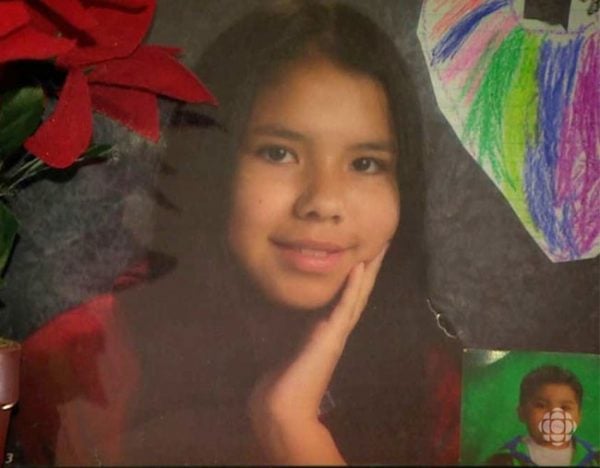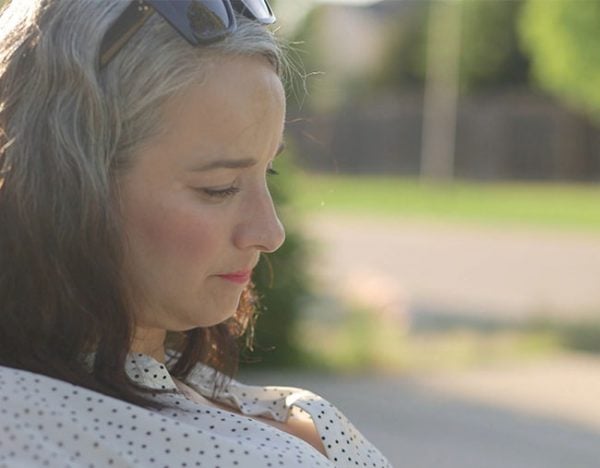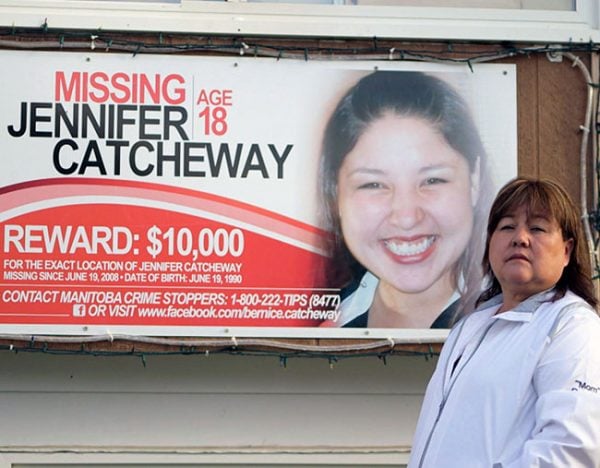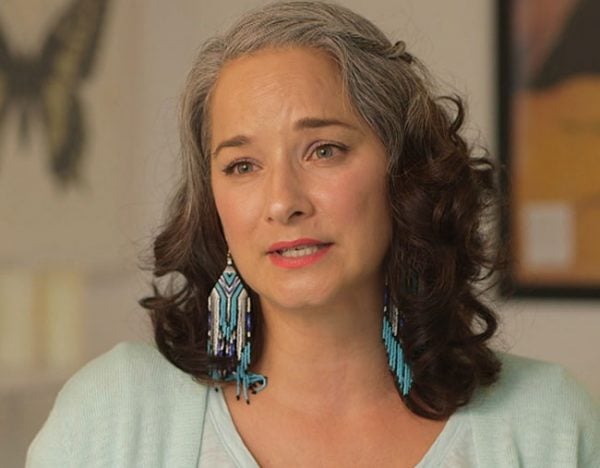There are moments in life that forever change the trajectory of one’s path, passion and life commitment.
For me, that moment arrived in April 1995 in my home community of Sagkeeng First Nation, as I stood over the casket of my beautiful, tragically pitiful, childlike mother – dead of a heroin overdose at the age of 42 after years of violent physical and sexual abuse.
In that moment, I came to fully understand and appreciate the inherent danger living as an Indigenous woman or girl in Canada with a simple revelation: my mother had no chance.
There’s a longstanding history and reality many Canadians fail to see or recognise in respect of Indigenous women and girls’ space and place.
Canada’s colonial history includes strategically, methodically and tragically racialising and sexually objectifying Indigenous women and girls’ bodies, minds and spirits, as a means of purposefully oppressing Indigenous Peoples and territories.
This, of course, is no different than the colonial project carried out across the globe, where even today, imperialism’s patriarchy seeks conquest through gendered, less-than narratives or social constructions, and through the rape, isolation, dislocation and murder of women and girls.




Top Comments
Why do we need to be "gifted" anything from the patriarchy? You want your power back? Reclaim it! That's what they did, power wasn't gifted to men nor would it ever be gifted to women.
It breaks my heart that there's such struggles within indigenous communities world wide which I cannot possibly ever understand. I am curious about those statistics on crime and the missing girls. 1200 sounds like A LOT but that's since when? I know for a fact that Canada has quite a low crime rate, are these figures not included in their national data? Or are these cases from over decades? It doesn't make it any better of course, every single one of those women and children matter, but just saying 1200 is very alarmist. I'm also curious how that compares to other races and also to boys and men - are there wide discrepancies or is it quite similar across all demographics? If there's a significant difference in demographics why is nothing being done?